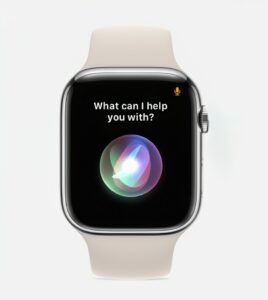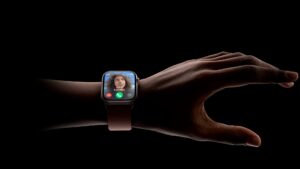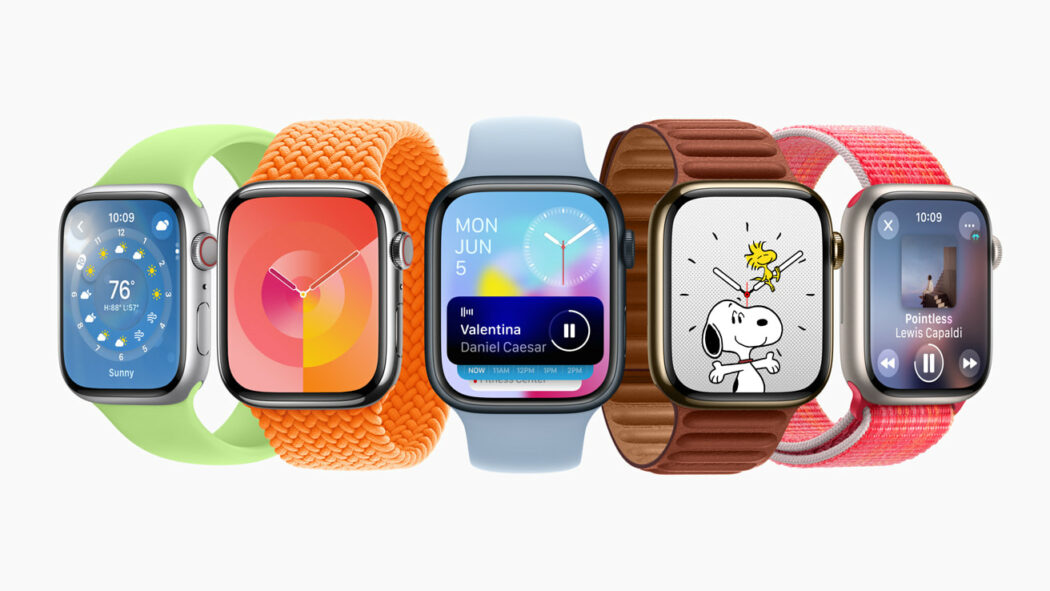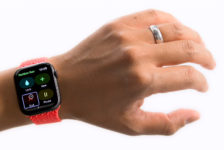The Apple Watch Series 10 is generating excitement with its anticipated new features coming this autumn, but a significant accessibility issue remains unresolved. Let’s dive into what we can expect from the latest Apple Watch and why it’s crucial for Apple to address ongoing accessibility challenges.
Larger screen and thinner design
The latest Power On newsletter by Bloomberg’s Mark Gurman reveals that both Apple Watch Series 10 models will feature ultra-sized screens this year. The larger model’s screen will be almost as big as the Apple Watch Ultra, measuring around 2 inches compared to the Ultra’s 1.93 inches. Additionally, the Series 10 will be thinner, though its overall design will remain largely unchanged, according to Gurman.
The expanded display will enhance visual clarity and make interactions more intuitive, giving users a more immersive experience. The thinner profile promises a more comfortable fit, maintaining the watch’s sleek aesthetic.
Health monitoring advancements
Regarding new sensors and health tracking features, the situation appears uncertain. Gurman notes that Apple faces challenges with two significant health sensor updates it has been working on. The company is reportedly struggling to achieve the necessary reliability for its anticipated blood pressure monitor. Additionally, Gurman mentions that Apple’s inability to utilise its prohibited blood oxygen sensor is impeding progress on incorporating sleep apnea detection.

Waking Siri: A barrier for many
Despite these exciting developments, a crucial accessibility issue persists. Users with severe upper limb disabilities face significant challenges in activating Siri. Currently, waking Siri requires significant wrist acrobatics, which is not feasible for all users. This limitation restricts access to many of the watch’s features, such as calling, messaging, home control, and triggering health monitoring features, which would greatly benefit from voice control.

The Double Tap limitation
The Double Tap feature introduced in watchOS 10, allows users to tap their thumb and index finger together to perform actions. However, this feature still requires wrist movement to wake the screen, rendering it inaccessible to those with severe disabilities. This reliance on physical gestures continues to exclude users who cannot perform these actions.
In watchOS 11, currently in beta testing, the Double Tap feature has been expanded to work in more scenarios and there is a new Double Tap API for developers. However, there’s no indication the feature will become more accessible when the Apple Watch Series 10 is released this autumn.
Need for an aways- listening Siri: potential solutions
To bridge this accessibility gap, Apple could implement an always-listening Siri on the Apple Watch, similar to its functionality on iPhones and Macs. This would allow users to activate Siri without any physical gestures, vastly improving accessibility for those with limited mobility. Alternatively, enabling the Double Tap feature without the need for wrist movement could also be a viable solution.
Balancing efficiency and accessibility
Apple’s focus on battery life and resource management is understandable in a small device, but it shouldn’t come at the expense of accessibility. Smarter wake word detection with AI and smarter on-device voice recognition could help balance power usage while maintaining an always-listening feature, ensuring the Apple Watch is both efficient and inclusive.
Beyond convenience: a lifesaver
For many, the Apple Watch is more than just a gadget; it’s a lifeline. Its health monitoring features, emergency services access, and real-time health data are crucial in emergencies. For users with disabilities, the inability to activate these features via Siri can render the watch ineffective in critical situations. Ensuring these features are accessible can make a significant difference in their lives.
A call for change
It’s time for Apple to prioritise accessibility alongside innovation. By addressing the Siri activation issue, Apple can make the Watch truly inclusive, allowing all users to benefit from its advanced features. The integration of smarter wake word detection and on-device voice recognition could pave the way for a future where technology truly knows no bounds.
Conclusion
The Apple Watch Series 10 promises to bring exciting new features that will enhance the user experience. However, it is crucial that Apple also addresses the ongoing accessibility challenges faced by users with severe disabilities. By making Siri more accessible, Apple can ensure that the Apple Watch is a valuable tool for everyone, regardless of physical abilities. The pursuit of an always-listening Siri or a more accessible trigger mechanism is not just a desire; it’s a necessity for creating a truly inclusive piece of technology.
As Apple continues to innovate, it must also strive to make these advancements accessible to all users. Only then can the Apple Watch fulfil its promise of being a revolutionary tool for health, wellness, and daily convenience for everyone.






